Home>Furniture & Design>Bathroom Accessories>What Causes Sediment In Toilet Bowl
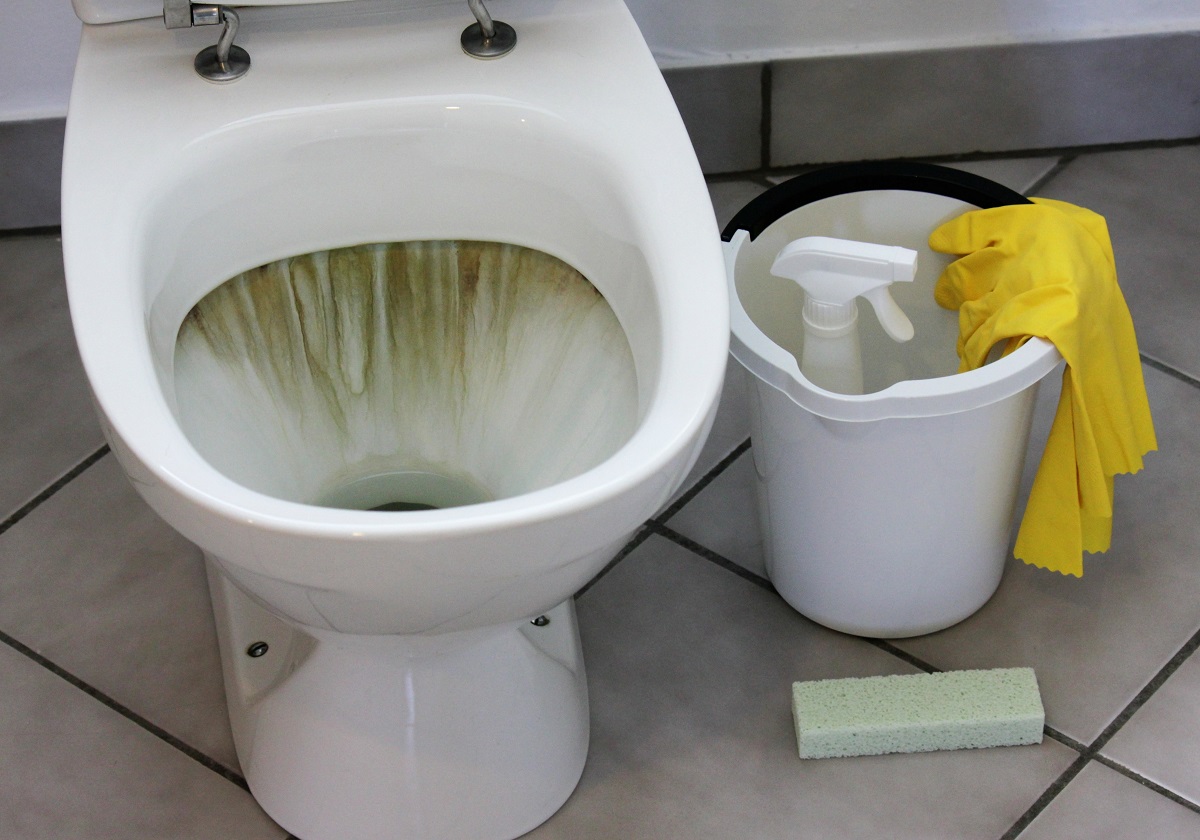

Bathroom Accessories
What Causes Sediment In Toilet Bowl
Modified: October 19, 2024
Discover the reasons behind sediment buildup in your toilet bowl and how to prevent it with the right bathroom accessories. Keep your bathroom clean and free from unwanted deposits.
(Many of the links in this article redirect to a specific reviewed product. Your purchase of these products through affiliate links helps to generate commission for Storables.com, at no extra cost. Learn more)
Introduction
Sediment buildup in a toilet bowl can be a frustrating and unsightly issue for many homeowners. It not only detracts from the overall cleanliness of the bathroom but can also lead to potential plumbing problems if left unaddressed. Understanding the causes of sediment in the toilet bowl, its effects, and how to prevent and remove it is crucial for maintaining a hygienic and functional bathroom environment.
In this comprehensive guide, we will delve into the various factors that contribute to sediment accumulation in toilet bowls, the potential consequences of neglecting this issue, and effective strategies for preventing and removing sediment buildup. Whether you're a homeowner, a renter, or a professional in the plumbing industry, this article aims to equip you with the knowledge and practical tips needed to tackle this common bathroom nuisance.
Let's embark on a journey to explore the ins and outs of sediment in toilet bowls, empowering you to take proactive measures in maintaining a clean and smoothly functioning bathroom space.
Key Takeaways:
- Sediment in toilet bowls, caused by hard water and inadequate cleaning, can lead to unsightly stains, odors, and potential plumbing issues. Regular cleaning, using vinegar, and maintaining plumbing systems can prevent and remove sediment buildup.
- Sediment in toilet bowls can compromise cleanliness, cause odors, and hinder proper flushing. Preventive measures, such as regular cleaning, using water softening systems, and proper ventilation, can help maintain a clean and functional bathroom environment.
Read more: What Causes Toilet Bowl Stains
Understanding Sediment in Toilet Bowl
Sediment in a toilet bowl refers to the accumulation of various particles and substances that settle at the bottom of the bowl over time. This buildup can manifest in the form of discolored patches, gritty deposits, or even visible particles, detracting from the toilet's cleanliness and aesthetic appeal. Understanding the composition of this sediment is essential in addressing the issue effectively.
The sediment in a toilet bowl can comprise a diverse range of materials, including mineral deposits, organic matter, and residue from cleaning products. Mineral deposits, such as calcium and magnesium, often stem from hard water, which contains high concentrations of dissolved minerals. When hard water is used for flushing and filling the toilet bowl, these minerals can gradually accumulate and form stubborn sediment.
Organic matter, such as bacteria and algae, may also contribute to sediment buildup, particularly in environments with high humidity and inadequate ventilation. Additionally, residue from cleaning products, including toilet bowl cleaners and disinfectants, can combine with other substances to form sediment over time.
Understanding the composition of sediment is crucial for implementing targeted prevention and removal strategies. By recognizing the specific materials contributing to the buildup, homeowners and maintenance professionals can select appropriate cleaning agents and techniques to effectively address the issue without causing damage to the toilet bowl or its components.
In essence, sediment in a toilet bowl is a complex amalgamation of minerals, organic matter, and cleaning product residues. By gaining insight into the nature of this buildup, individuals can take informed steps to mitigate its formation and maintain a pristine and hygienic toilet environment.
Common Causes of Sediment in Toilet Bowl
-
Hard Water: One of the primary culprits behind sediment buildup in toilet bowls is hard water. This type of water contains high concentrations of dissolved minerals, such as calcium and magnesium. When hard water is used for flushing and refilling the toilet bowl, these minerals can gradually accumulate and form stubborn sediment. Over time, the repeated exposure to hard water leads to the formation of unsightly deposits, affecting the toilet bowl's cleanliness and appearance.
-
Inadequate Cleaning: Irregular or insufficient cleaning of the toilet bowl can contribute to sediment accumulation. When the bowl is not cleaned thoroughly and regularly, various substances, including mineral deposits, organic matter, and residue from cleaning products, can gradually build up and solidify, resulting in persistent sediment. Neglecting proper cleaning practices allows these materials to settle and adhere to the bowl's surface, exacerbating the issue over time.
-
High Humidity and Poor Ventilation: Environments with high humidity and inadequate ventilation provide favorable conditions for the growth of bacteria, algae, and other organic matter. These microorganisms can thrive in the moist environment of the toilet bowl, contributing to the formation of sediment. Without proper ventilation to mitigate humidity levels, the likelihood of organic matter accumulating and solidifying in the bowl increases, leading to persistent sediment issues.
-
Residue from Cleaning Products: The use of certain cleaning products, such as toilet bowl cleaners and disinfectants, can inadvertently contribute to sediment buildup. Residues from these products, if not rinsed away thoroughly, can combine with other substances in the water and adhere to the bowl's surface, forming sediment over time. Additionally, the prolonged use of abrasive or harsh cleaning agents may exacerbate the accumulation of deposits, further complicating the issue.
-
Old or Faulty Plumbing Systems: In some cases, old or faulty plumbing systems can contribute to sediment accumulation in toilet bowls. Corroded or deteriorating pipes may release particles and debris into the water supply, leading to increased sediment in the toilet bowl. Additionally, irregular water flow or pressure issues within the plumbing system can disrupt the flushing and refilling process, potentially contributing to sediment buildup over time.
Understanding these common causes of sediment in toilet bowls is essential for implementing proactive measures to prevent and address this issue effectively. By addressing the root causes and adopting appropriate maintenance practices, homeowners and property managers can mitigate sediment buildup and maintain clean and hygienic toilet facilities.
To prevent sediment in the toilet bowl, use a toilet bowl cleaner with hydrochloric acid or phosphoric acid to dissolve mineral deposits. Regular cleaning and using a water softener can also help prevent sediment buildup.
Effects of Sediment in Toilet Bowl
The presence of sediment in a toilet bowl can have a range of adverse effects, impacting both the functionality and aesthetics of the bathroom environment. Understanding these effects is crucial for recognizing the significance of addressing sediment buildup and implementing effective preventive measures.
First and foremost, sediment accumulation can compromise the cleanliness and visual appeal of the toilet bowl. Unsightly patches of discoloration and gritty deposits detract from the overall hygiene and aesthetic quality of the bathroom, creating an uninviting and unkempt impression. This not only affects the comfort of occupants but also reflects poorly on the overall maintenance standards of the property.
Moreover, sediment in the toilet bowl can lead to persistent odors and unsanitary conditions. The accumulation of organic matter, mineral deposits, and residue from cleaning products can foster the growth of bacteria and algae, contributing to unpleasant odors and potential health hazards. These conditions not only diminish the comfort of bathroom users but also pose hygiene concerns that can impact the overall well-being of occupants.
In addition to aesthetic and hygiene-related concerns, sediment buildup can impede the proper functioning of the toilet. Over time, the accumulation of deposits can interfere with the flushing mechanism, leading to reduced water flow, incomplete flushing, or even clogging. This not only causes inconvenience for users but also poses the risk of more severe plumbing issues if left unaddressed.
Furthermore, the presence of sediment in the toilet bowl can exacerbate the wear and tear of its components. Mineral deposits and abrasive residues can gradually erode the bowl's surface, leading to deterioration and potential damage. This not only compromises the longevity of the toilet but also necessitates costly repairs or replacements if the issue is neglected over time.
By recognizing these effects, homeowners, property managers, and maintenance professionals can appreciate the urgency of addressing sediment buildup in toilet bowls. Implementing proactive cleaning and maintenance practices, as well as adopting preventive measures, is essential for mitigating these effects and preserving the cleanliness, functionality, and longevity of the bathroom fixtures.
Preventing Sediment Buildup in Toilet Bowl
Preventing sediment buildup in the toilet bowl is essential for maintaining a clean, hygienic, and smoothly functioning bathroom environment. By implementing proactive measures and adopting effective preventive strategies, homeowners and property managers can mitigate the accumulation of unsightly deposits and preserve the longevity of the toilet fixtures. Here are several practical tips for preventing sediment buildup in the toilet bowl:
-
Regular Cleaning: Establishing a consistent cleaning routine for the toilet bowl is crucial for preventing sediment buildup. Using a non-abrasive toilet bowl cleaner and a toilet brush, thoroughly clean the bowl at least once a week. Pay special attention to the waterline and the areas under the rim to remove any potential sediment-forming substances.
-
Use of Vinegar: Periodically using vinegar as a natural cleaning agent can help prevent mineral deposits and organic matter from accumulating in the toilet bowl. Pouring a cup of vinegar into the bowl and allowing it to sit for several hours or overnight before scrubbing can effectively dissolve and inhibit the formation of sediment.
-
Water Softening Systems: Installing a water softening system can significantly reduce the mineral content in the water supply, thereby minimizing the formation of mineral deposits in the toilet bowl. By treating the water before it reaches the plumbing fixtures, these systems help prevent the accumulation of stubborn sediment.
-
Proper Ventilation: Ensuring adequate ventilation in the bathroom can help mitigate the growth of bacteria and algae, thereby reducing the potential for organic matter to contribute to sediment buildup. Installing exhaust fans or opening windows during and after showering can help maintain optimal humidity levels and prevent organic sediment formation.
-
Regular Maintenance of Plumbing Systems: Conducting regular inspections and maintenance of the plumbing systems, including checking for leaks, addressing water pressure issues, and ensuring the integrity of the water supply, can help prevent sediment from entering the toilet bowl. By maintaining a well-functioning plumbing infrastructure, homeowners can minimize the risk of sediment-related problems.
-
Avoid Harsh Cleaning Products: Refrain from using abrasive or harsh cleaning products that can leave residues and contribute to sediment formation. Opt for mild, non-abrasive cleaners and ensure thorough rinsing to prevent the accumulation of cleaning product residues in the toilet bowl.
By incorporating these preventive measures into regular bathroom maintenance practices, individuals can effectively minimize sediment buildup in the toilet bowl, preserving its cleanliness, functionality, and visual appeal. Proactive prevention not only enhances the overall bathroom experience but also reduces the need for extensive cleaning and repairs in the long run.
Read more: What Causes Mold In Toilet Bowl
Removing Sediment from Toilet Bowl
Removing sediment from a toilet bowl requires a systematic approach to effectively eliminate the buildup and restore the cleanliness and functionality of the fixture. Whether dealing with mineral deposits, organic matter, or residue from cleaning products, the following methods can be employed to tackle sediment-related issues:
-
Vinegar and Baking Soda: A natural and effective solution for removing sediment involves using a combination of vinegar and baking soda. Begin by pouring a cup of vinegar into the toilet bowl and allowing it to sit for several hours or overnight. The acidic properties of the vinegar help dissolve mineral deposits and organic matter, making them easier to remove. After the vinegar treatment, sprinkle baking soda into the bowl and scrub the surfaces with a toilet brush. This combination can effectively break down sediment and leave the bowl clean and refreshed.
-
Commercial Toilet Bowl Cleaners: Utilizing commercial toilet bowl cleaners specifically formulated to target mineral deposits and stubborn sediment can be an efficient approach. Select a cleaner designed to dissolve and remove tough stains and deposits. Follow the manufacturer's instructions for application and allow the cleaner to work for the recommended duration before scrubbing the bowl with a toilet brush. Thorough rinsing after the cleaning process is essential to ensure the removal of any residual cleaner and dissolved sediment.
-
Pumice Stone: For particularly stubborn mineral deposits and sediment, a pumice stone can be used to gently scrub the affected areas. Wet the pumice stone and carefully rub it against the sediment buildup, applying light pressure to avoid scratching the porcelain surface. The abrasive nature of the pumice stone helps to dislodge mineral deposits without causing damage to the toilet bowl. After using the pumice stone, thoroughly rinse the bowl to remove any loosened sediment particles.
-
Plumbing Auger or Snake: In cases where sediment accumulation has led to partial clogging or blockages in the toilet's trap or drain, a plumbing auger or snake can be employed to dislodge and remove the obstruction. Carefully insert the auger or snake into the toilet's drain and maneuver it to break apart and extract sediment deposits. Exercise caution to avoid damaging the porcelain surfaces while using this method.
-
Professional Assistance: If sediment buildup in the toilet bowl proves to be particularly challenging or if there are concerns about potential damage to the fixture, seeking professional assistance from a plumber or a qualified maintenance service may be necessary. Professional technicians have the expertise and specialized tools to address severe sediment issues and restore the toilet bowl to optimal condition.
By employing these methods, individuals can effectively remove sediment from the toilet bowl, restoring its cleanliness and functionality. Regular maintenance and preventive measures can further minimize sediment buildup, ensuring a hygienic and visually appealing bathroom environment.
Frequently Asked Questions about What Causes Sediment In Toilet Bowl
Was this page helpful?
At Storables.com, we guarantee accurate and reliable information. Our content, validated by Expert Board Contributors, is crafted following stringent Editorial Policies. We're committed to providing you with well-researched, expert-backed insights for all your informational needs.
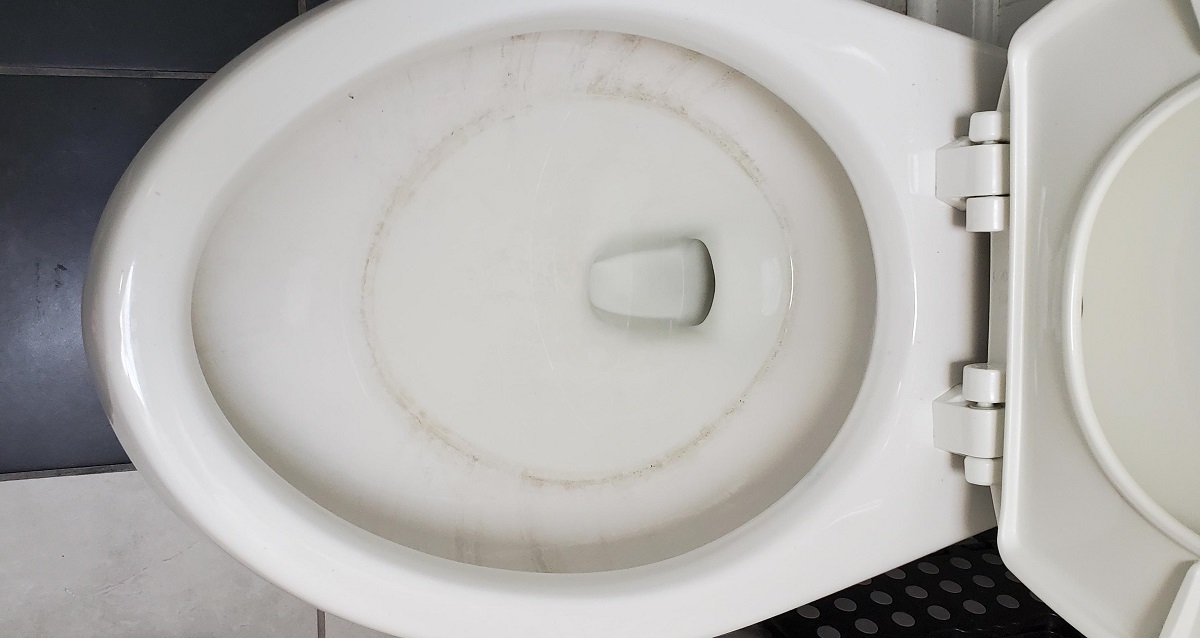
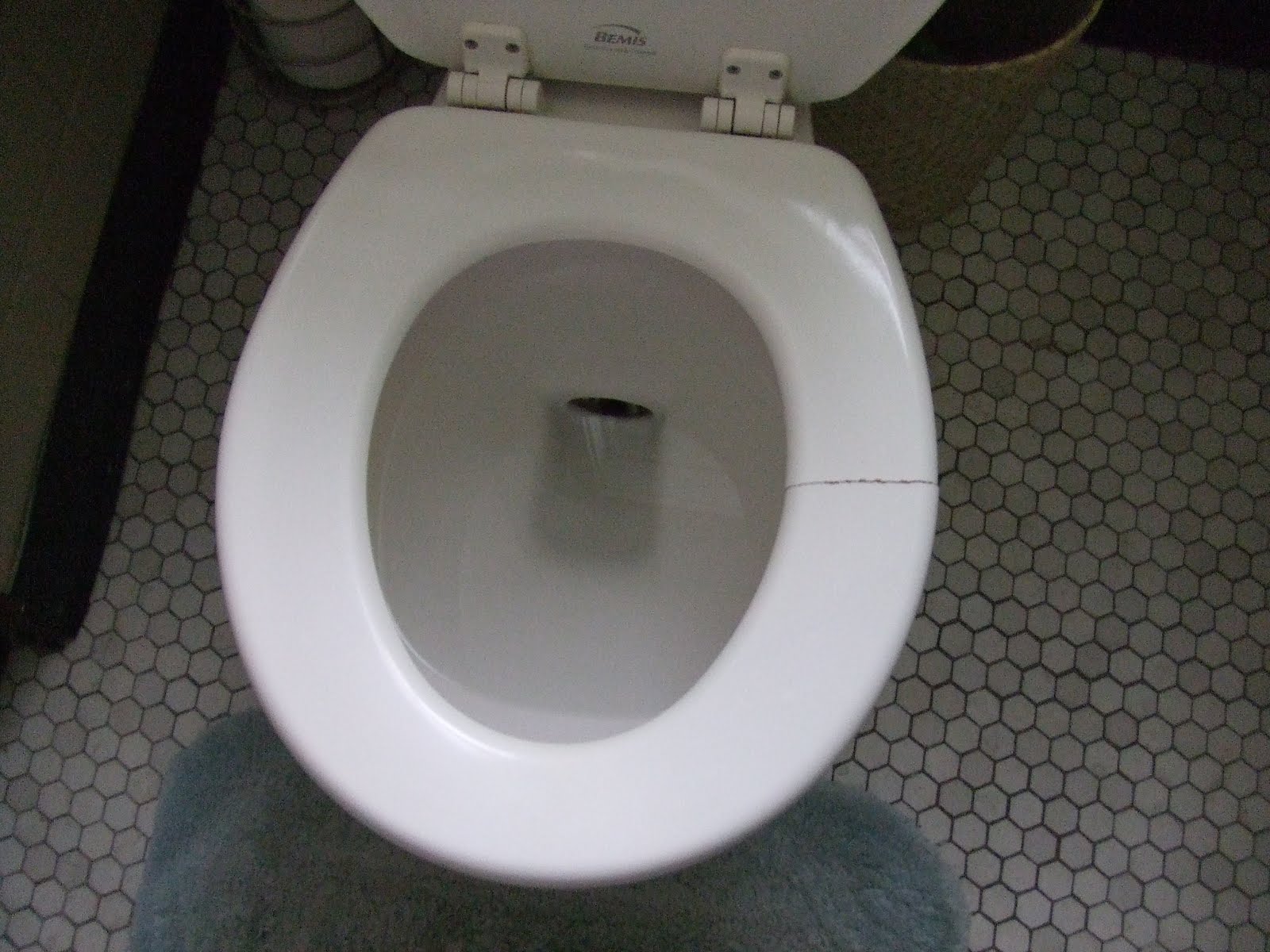
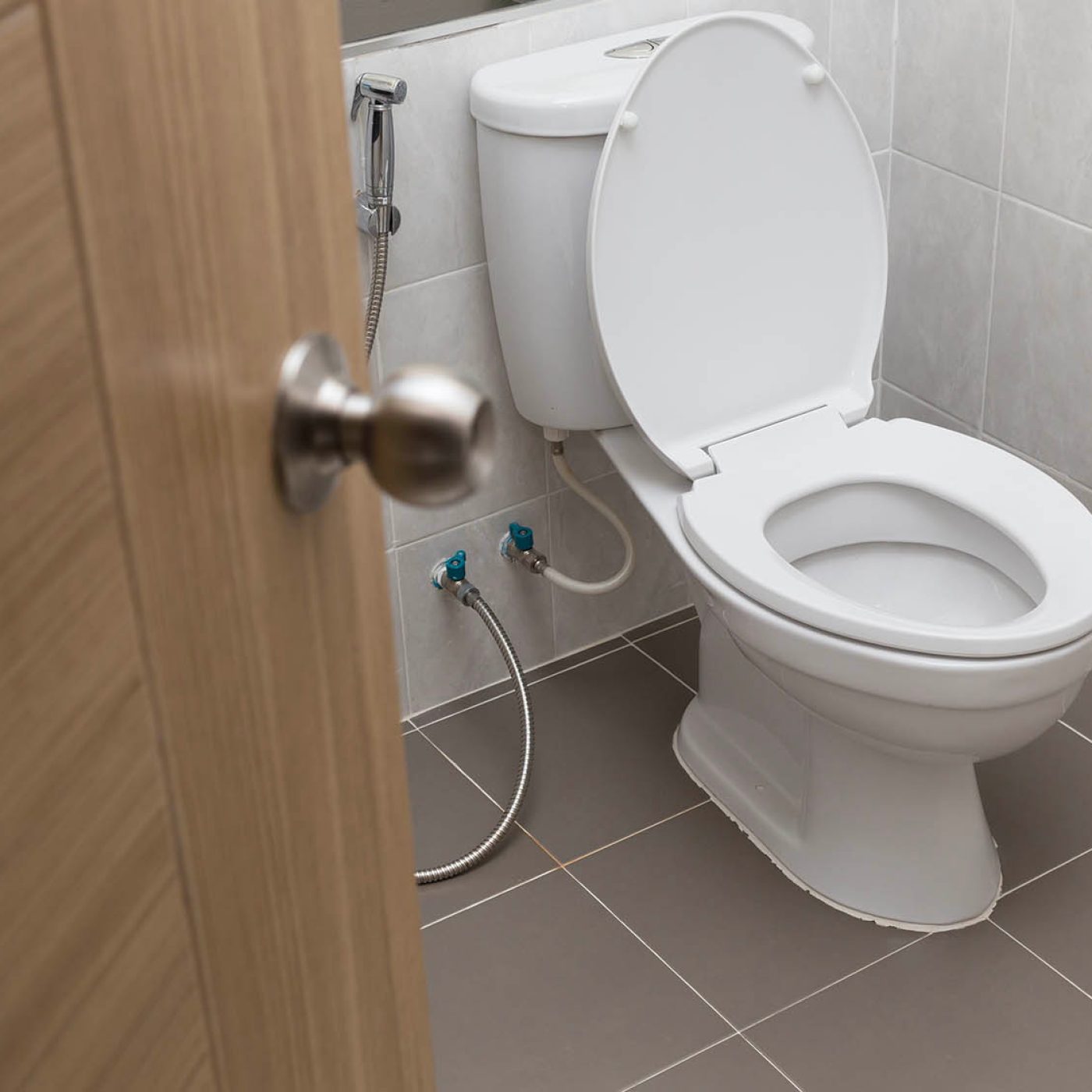
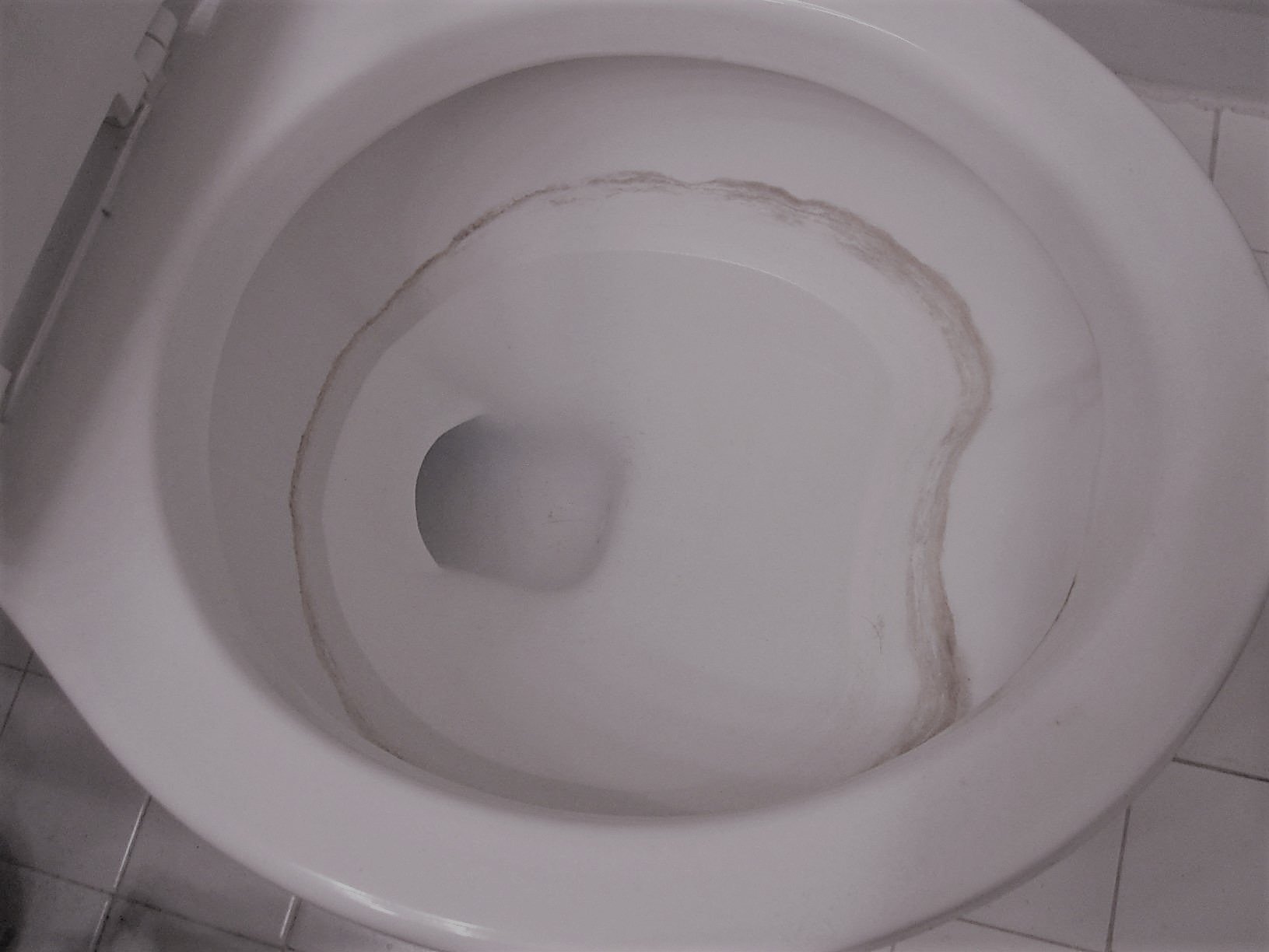
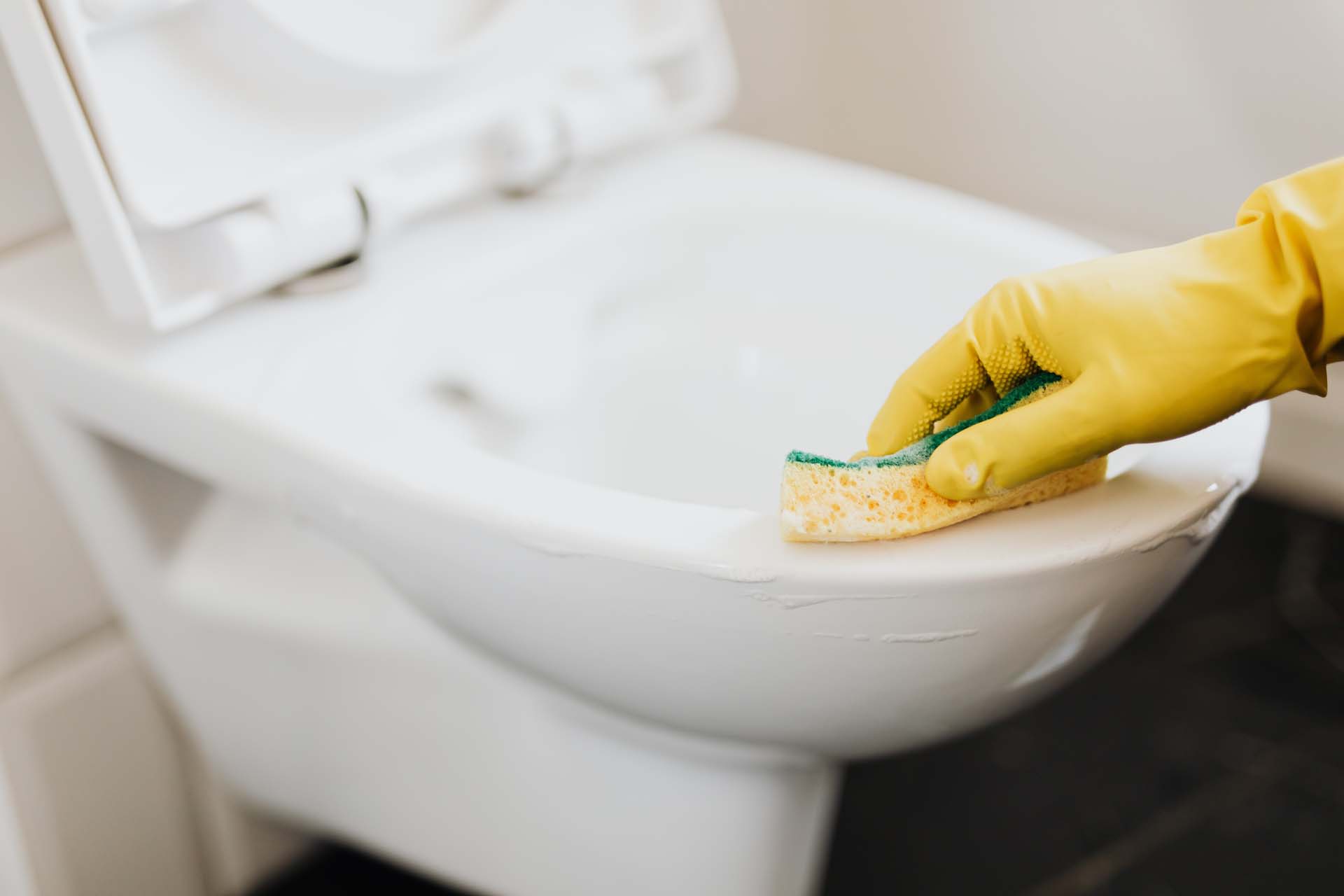
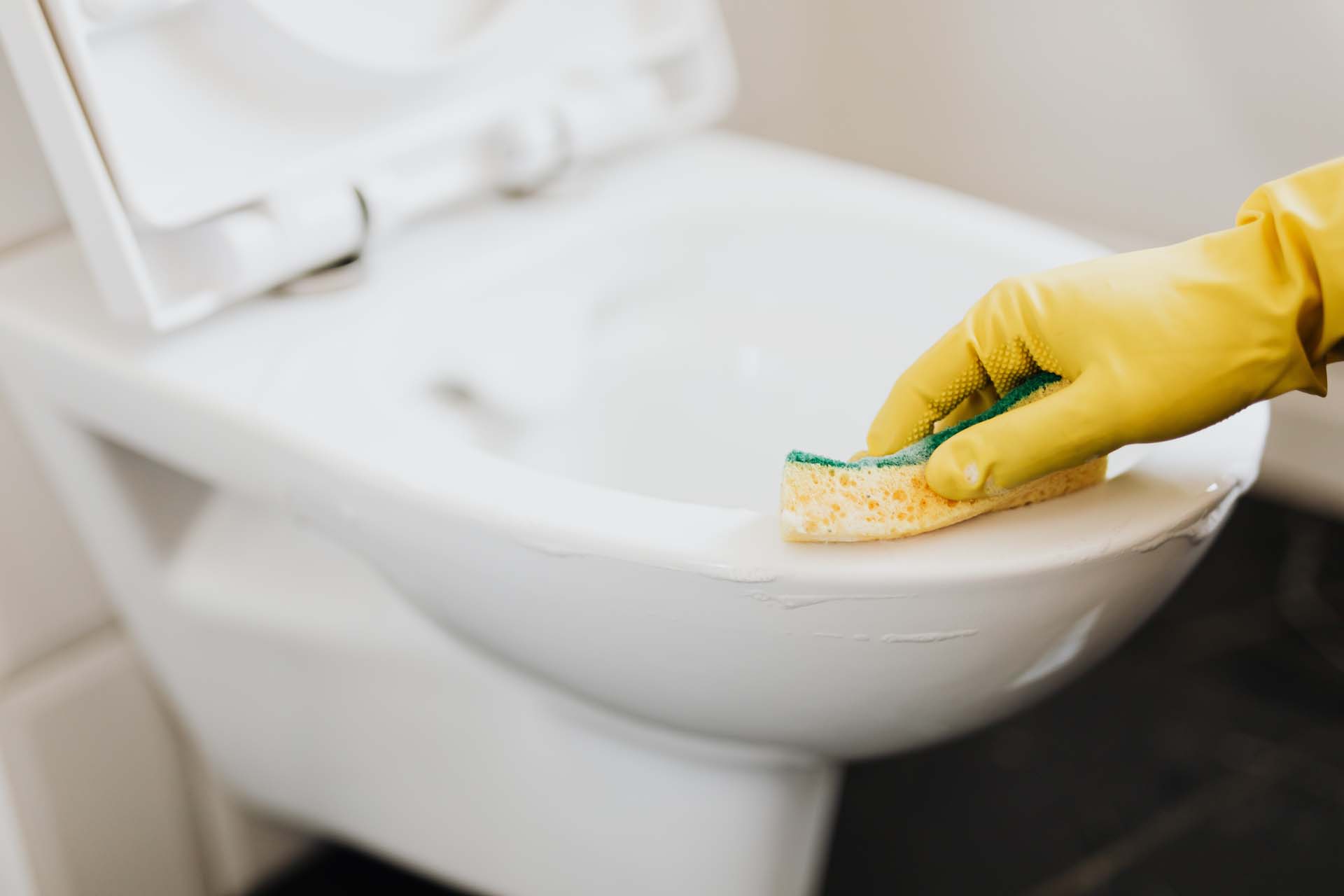
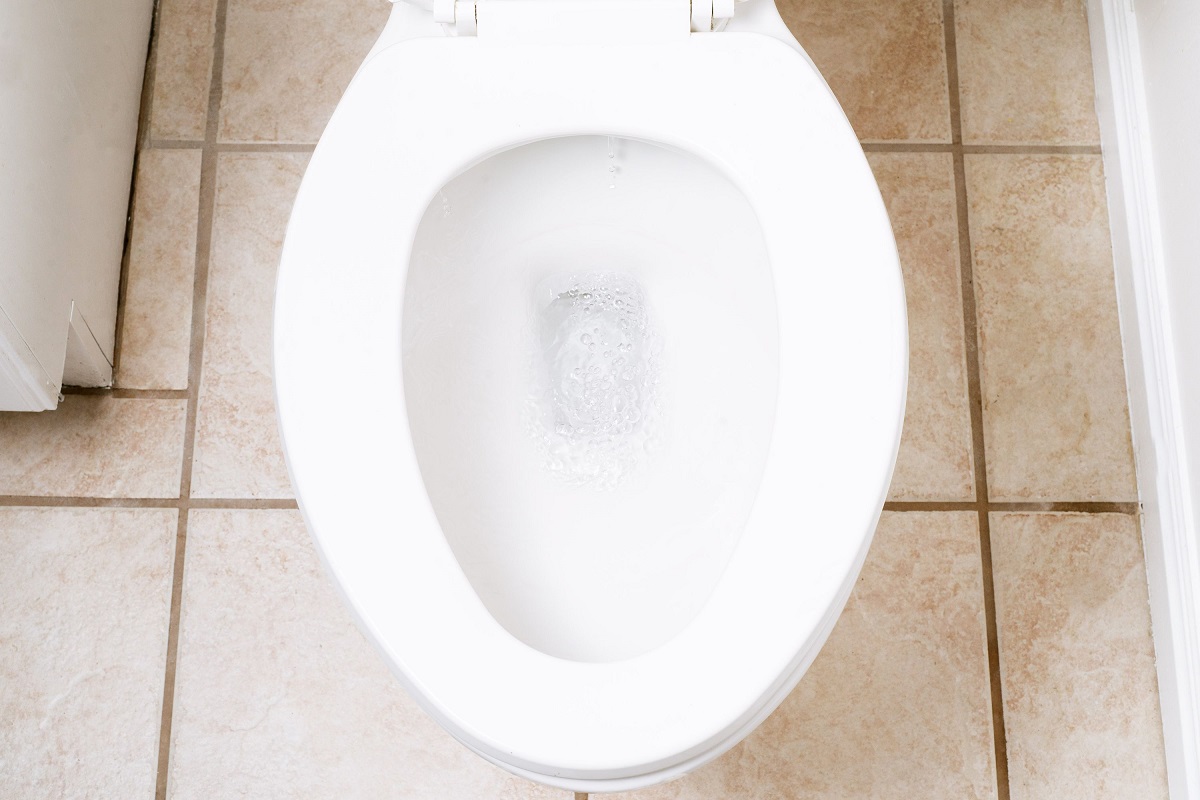
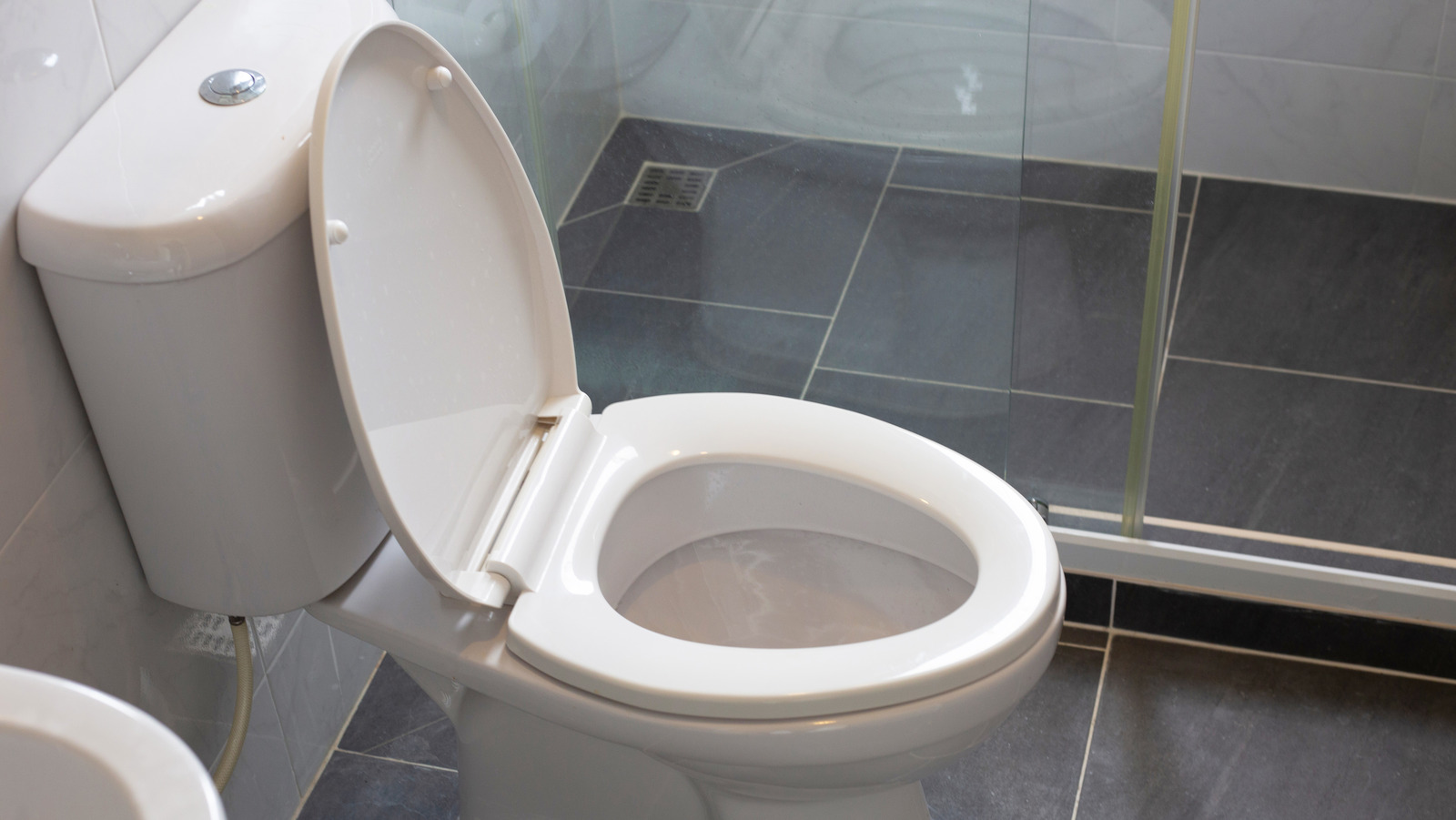
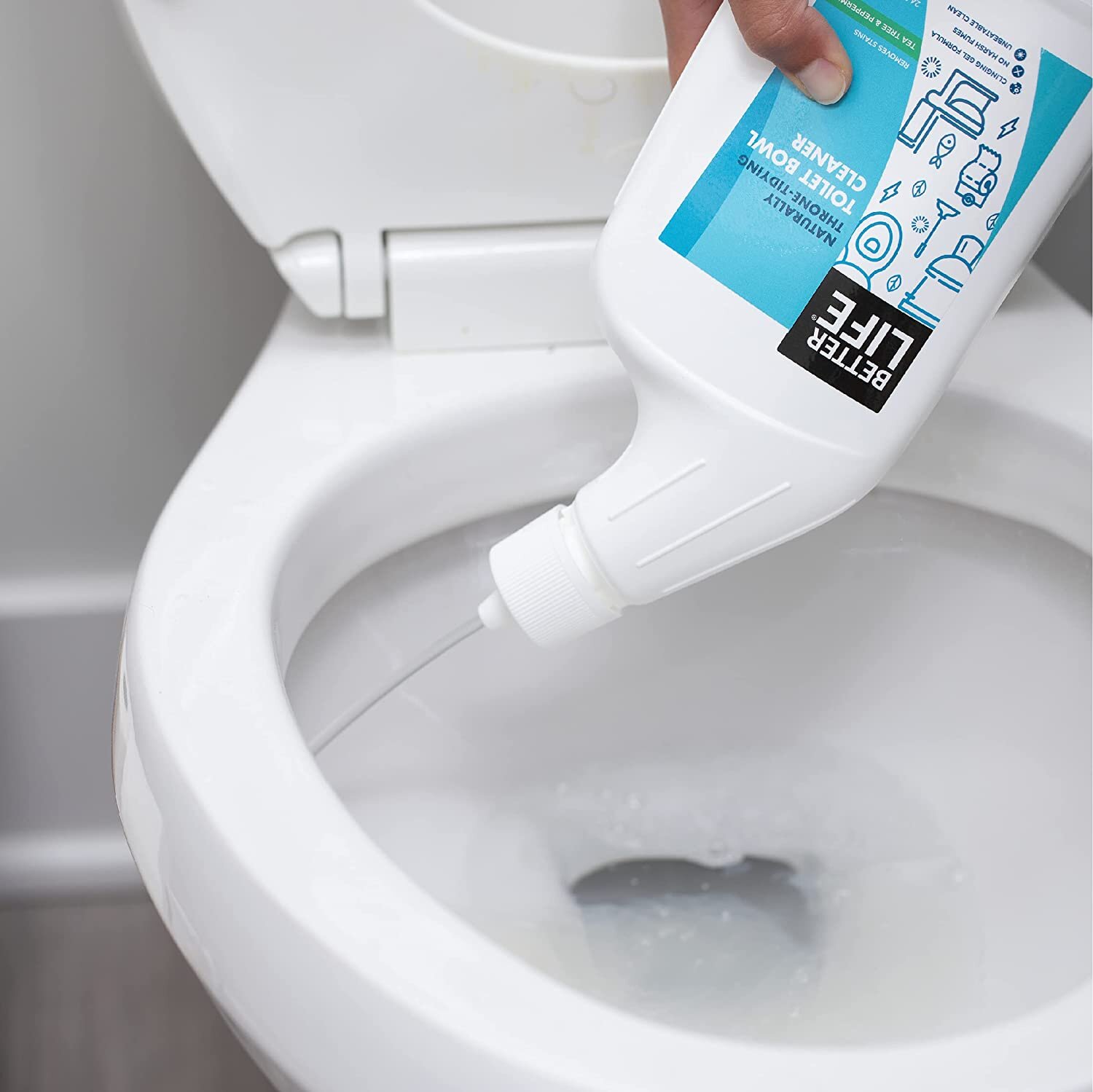
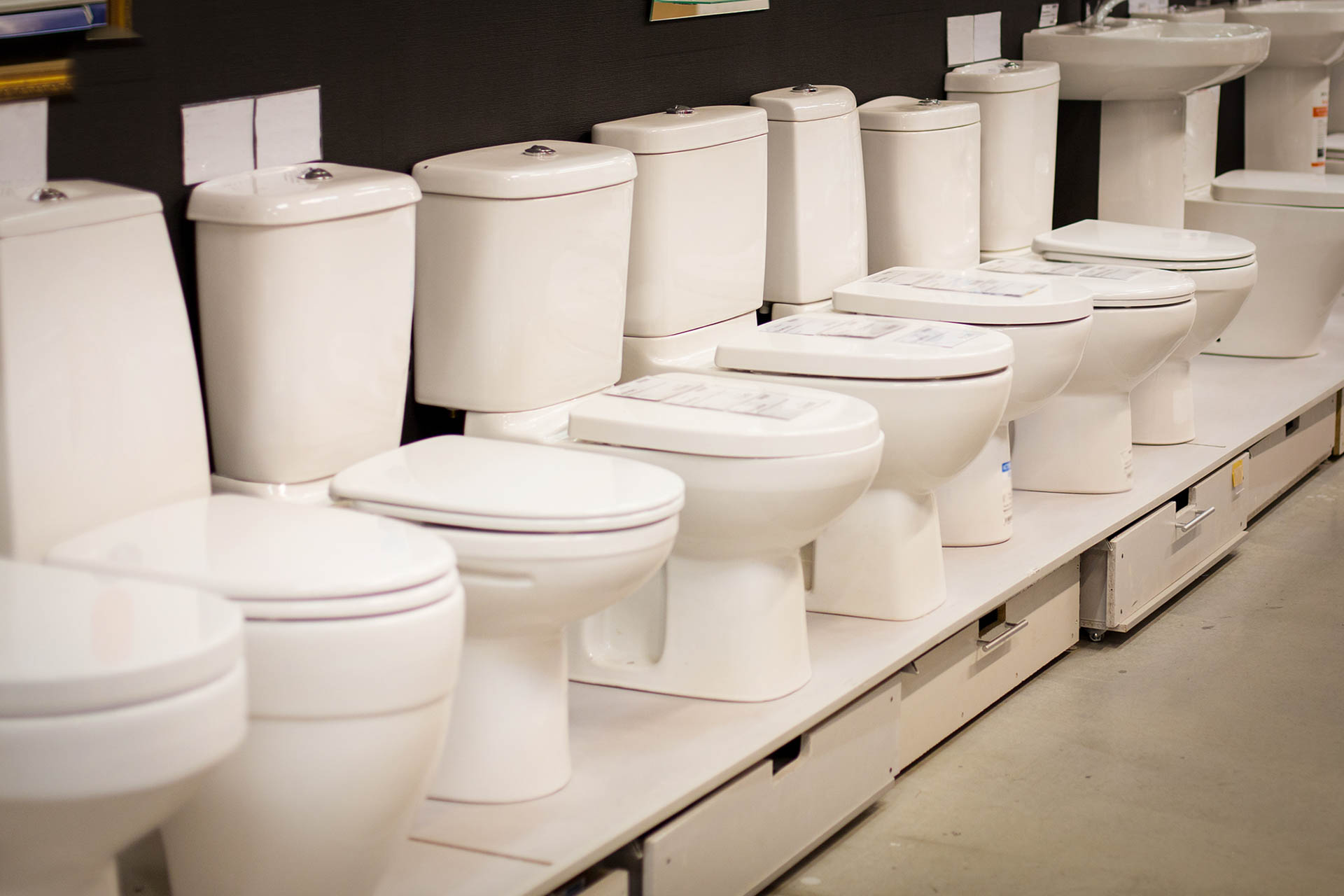
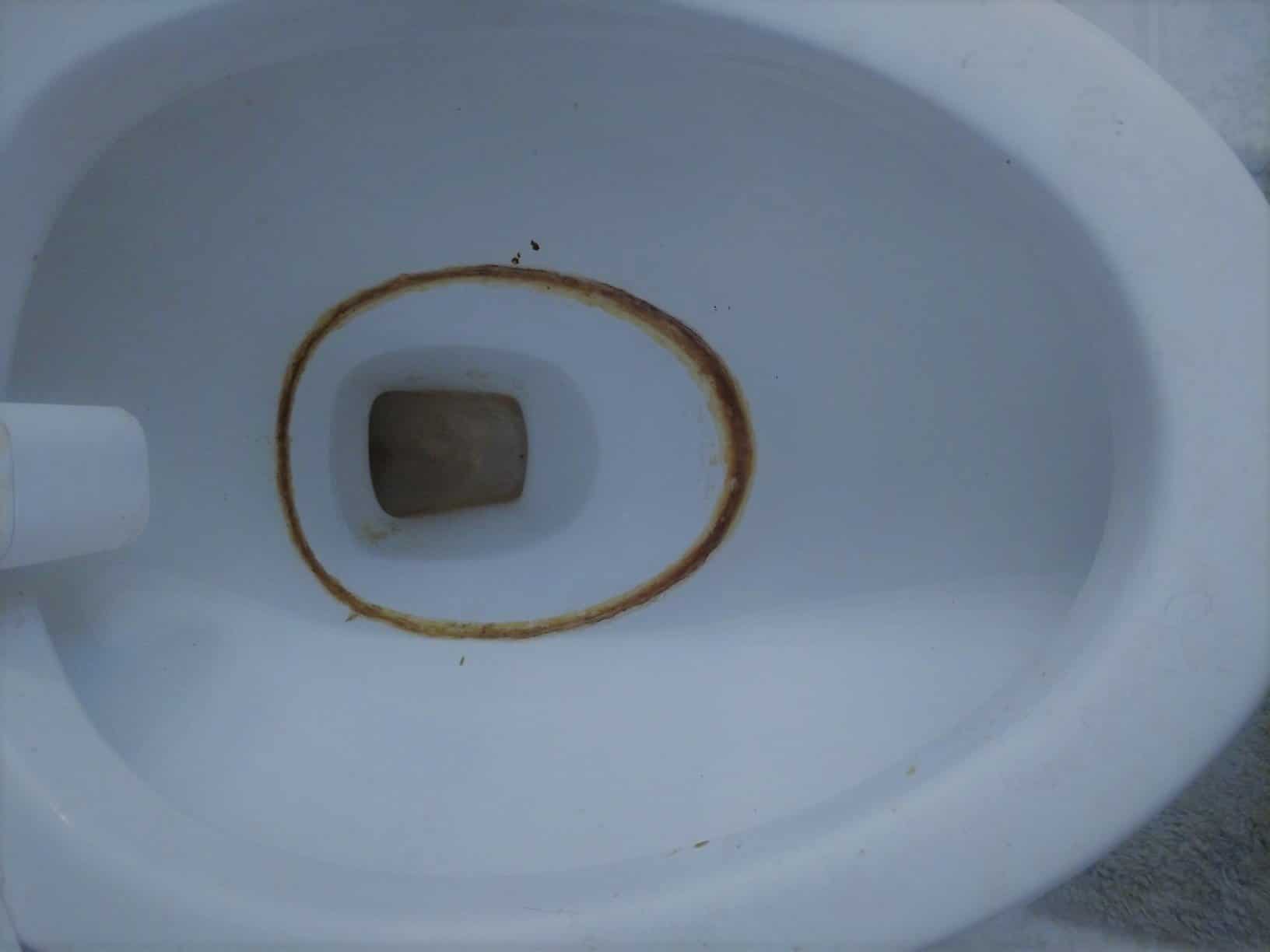
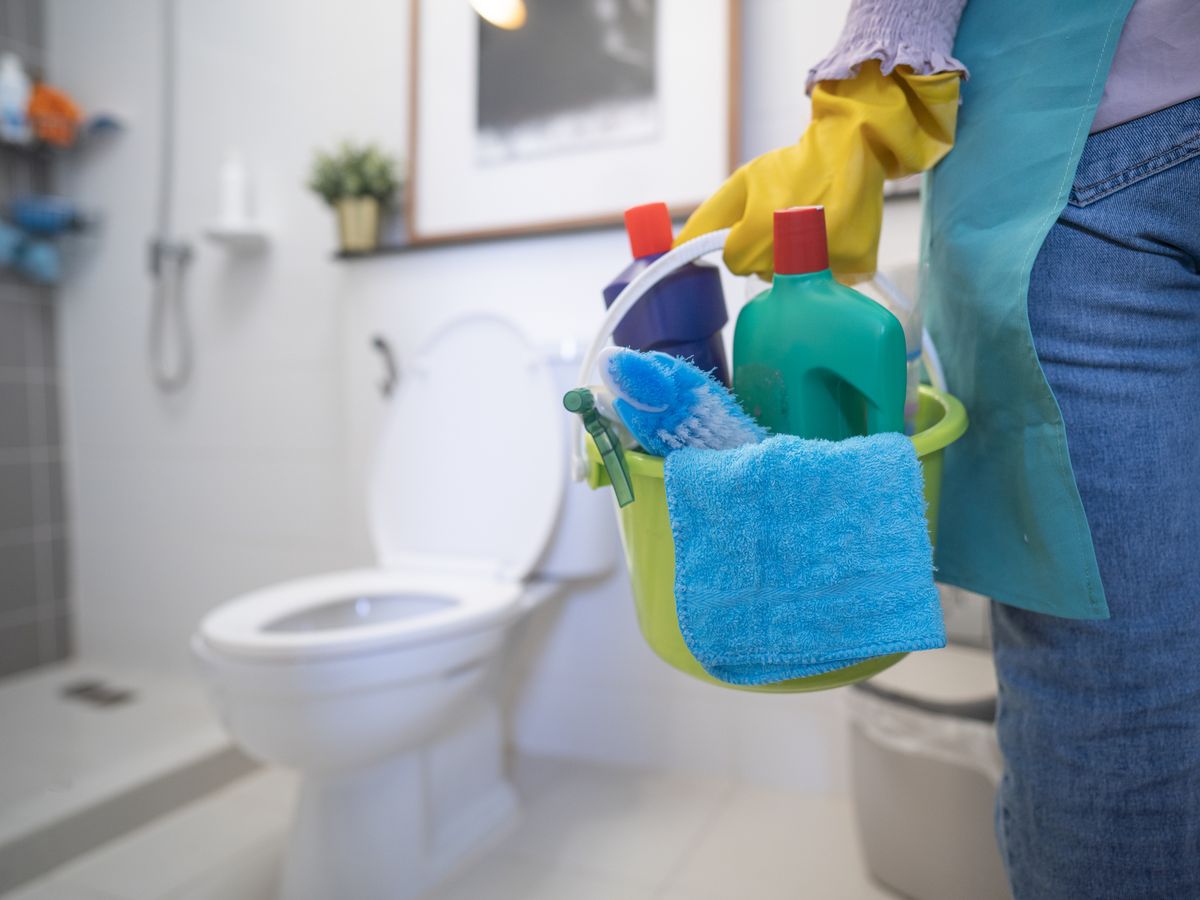
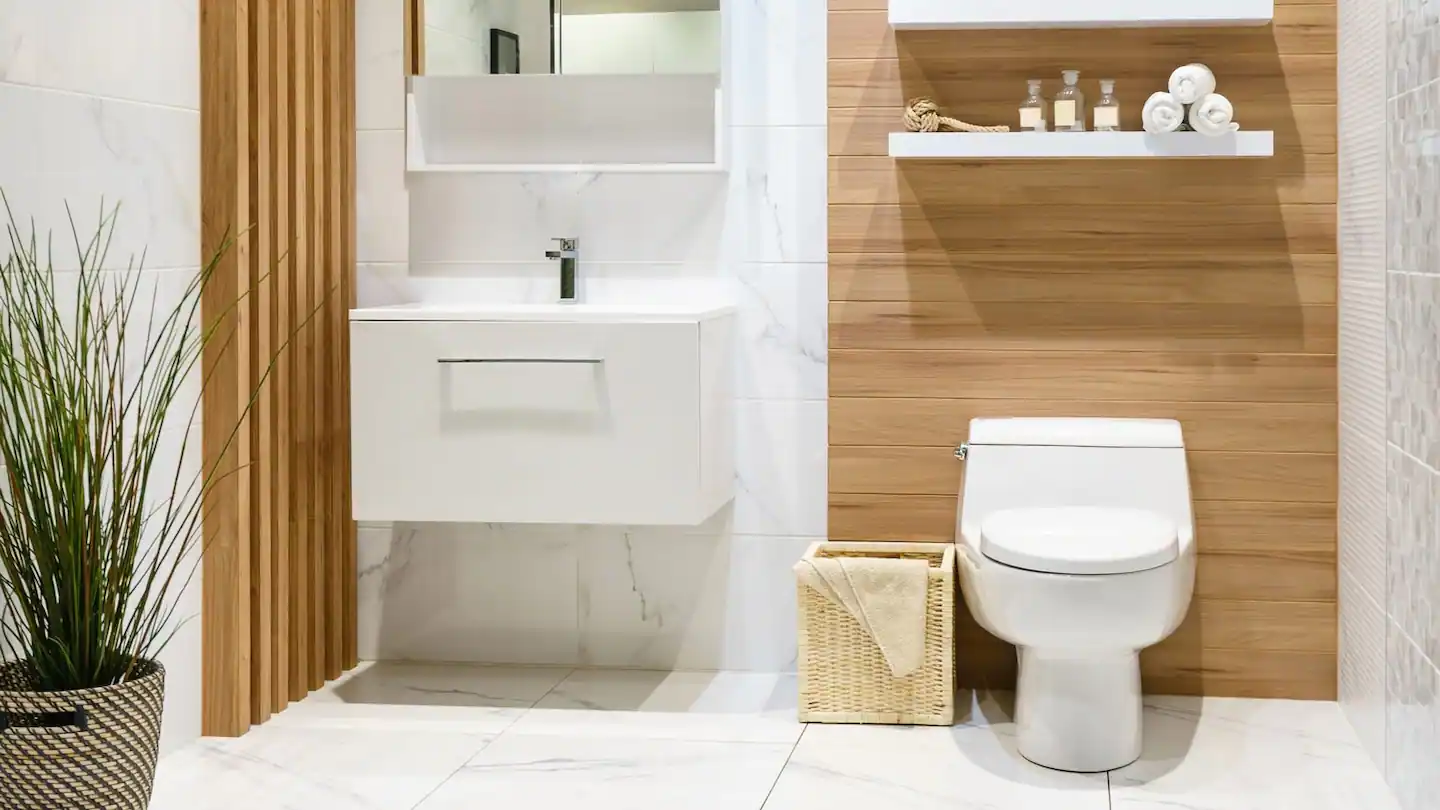
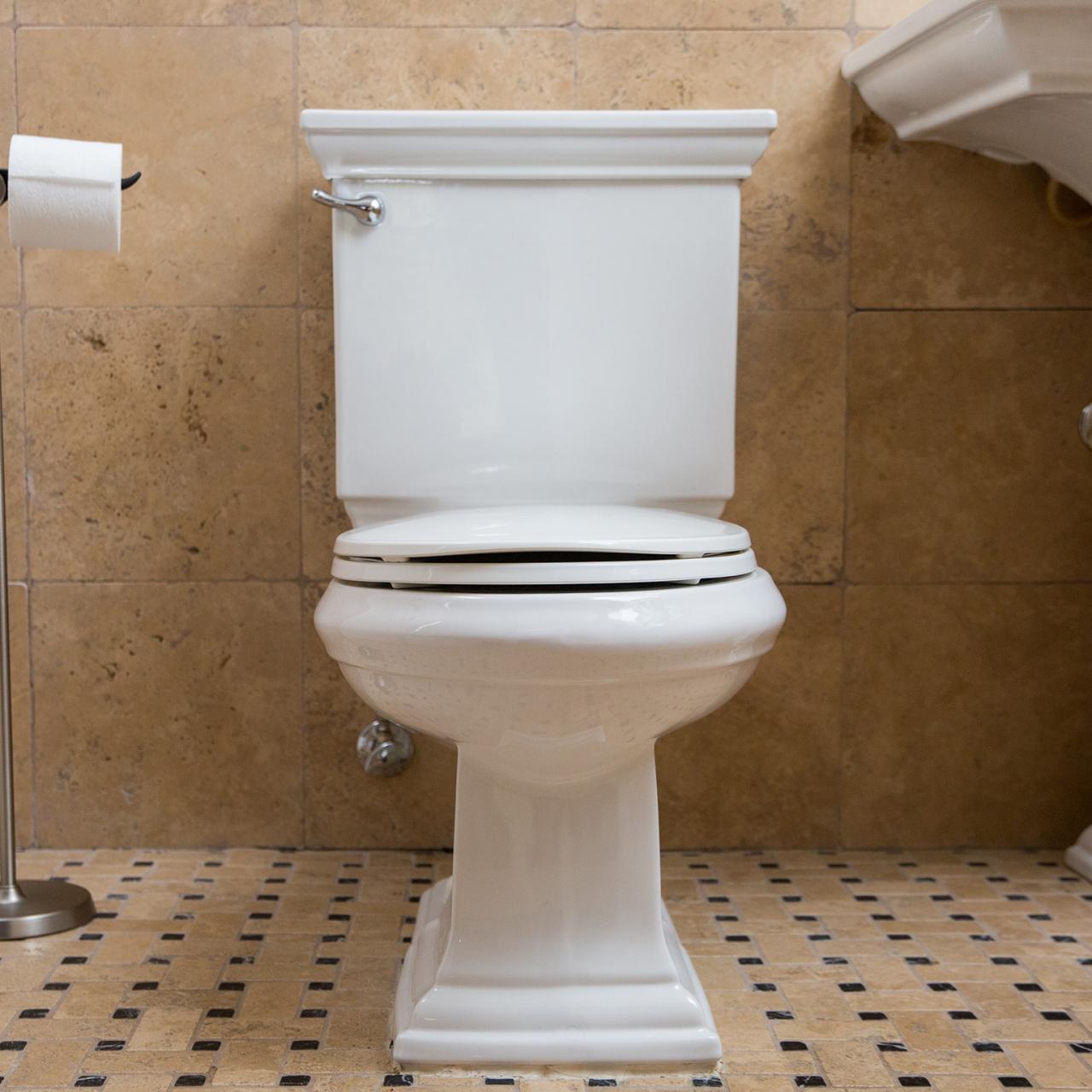

0 thoughts on “What Causes Sediment In Toilet Bowl”